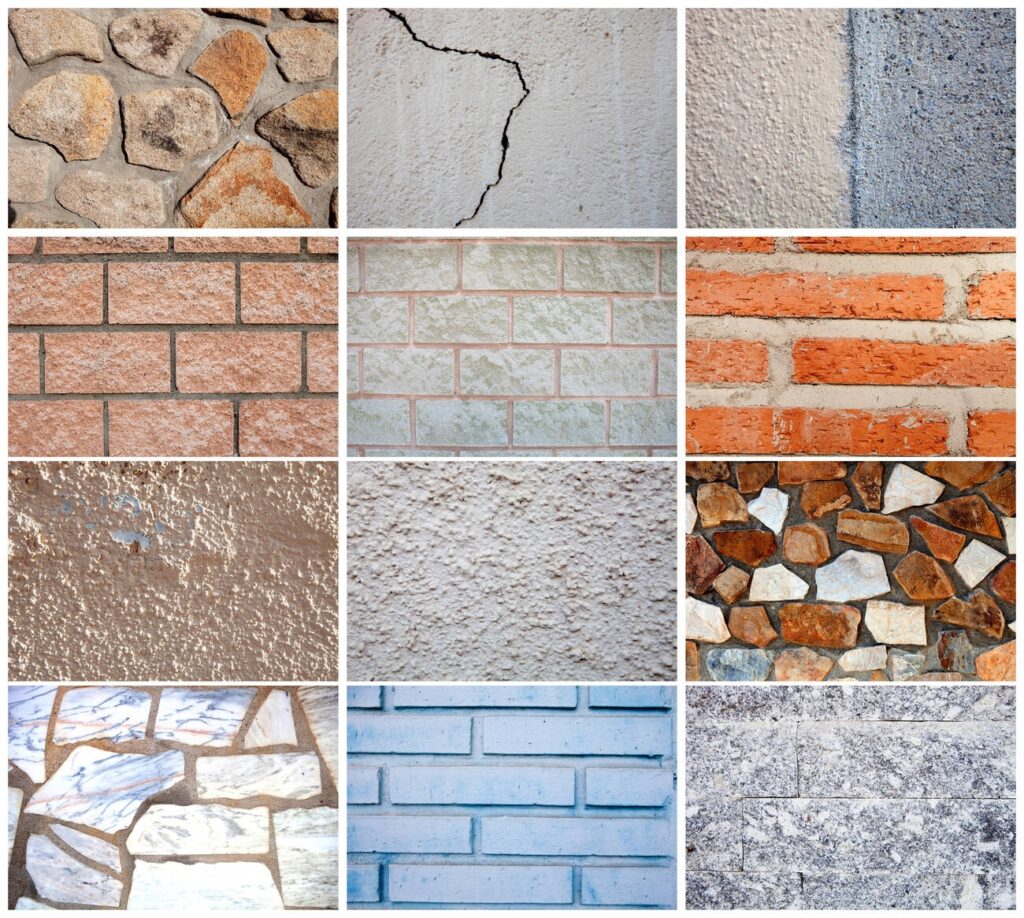Brick masonry continues to be one of the most reliable and versatile construction techniques in 2025, known for its durability, timeless aesthetics, and adaptability to modern building needs. From residential homes to large-scale commercial projects, brickwork remains a top choice for builders and property owners alike.
As technology advances, so do the methods used in masonry, combining traditional craftsmanship with modern innovation. In this blog, we’ll explore the most common types of brick masonry techniques and how professional masonry services can enhance the quality and longevity of your next construction project.
Types of Brick Masonry
1. Brick Masonry Work in Mud
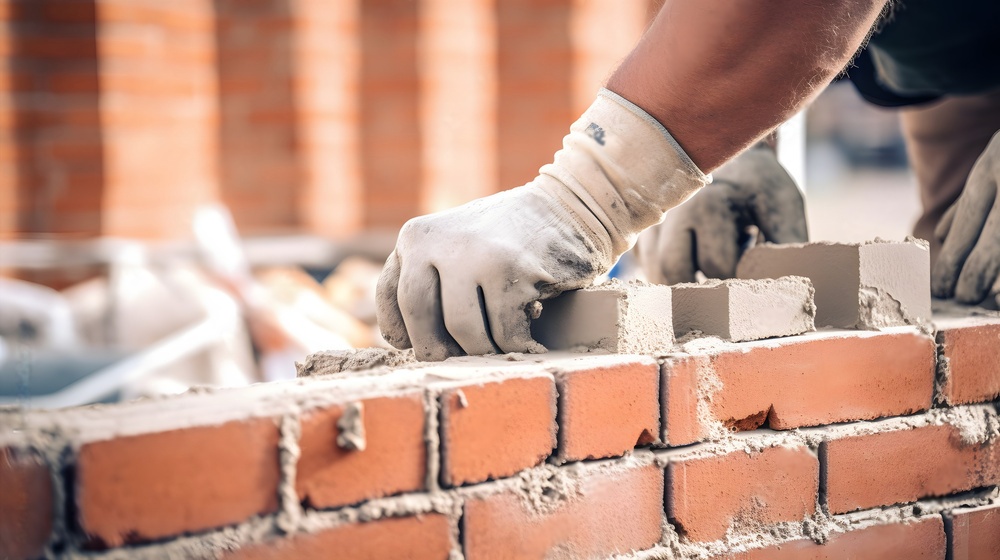
Brick masonry work in mud applies mud as a bonding agent for holding the bricks together. It is a very ancient process and still exists in many parts of the world, especially in villages where resources are meager.
Uses: This process is adoptable for temporary structures, non-load-bearing walls, and rural houses.
Cost: The cost is less as mud is locally available, hence its usage is economical in simple and temporary buildings. However, mud masonry is not water-tight; hence it is only useful in dry climates.
2. Brick Masonry Work in Cement
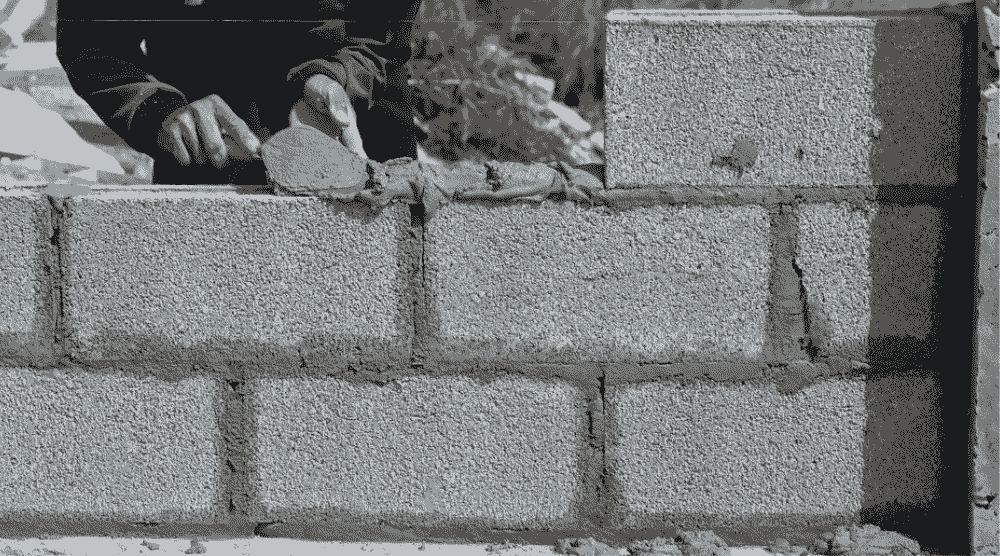
Cement-based brick masonry is the more modern and stronger edition compared to mud masonry. In this type of masonry, cement mortar is used for binding the bricks. It is made from cement, sand, and water. This is stronger than mud masonry, more impervious to water, and suitable for load-bearing work.
Uses: It is used in permanent constructions like residential buildings, commercial spaces, walls, and infrastructure projects. Cement mortar provides a strong bond to hold the construction together for a long period with appropriate strength. This method is highly preferred for long-lasting structures that require resistance to weather and heavy loads.
Brick Masonry Techniques and Their Best Uses
The technique used in brick masonry is based upon the design, purpose, and aesthetic achievement one wants to achieve in the structure. The following are some of the common techniques:
1. Running Bond
This is the most usual technique where bricks are laid in rows, with every row being half a brick offset.
Best Uses: Walls, Paving, Exterior Uses: This pattern provides good structural stability with a classic appearance.
2. Flemish Bond
The pattern is such that every other row contains a header along the short side and a stretcher along the long side.
Uptakes: It offers the best features for decorative facades or aesthetic walls. The Flemish bond adds visual interest and often graces historic or ornate buildings.
3. Stack Bond
Bricks are stack directly on top of one another without any offset. This is more decorative than structural.
Best Uses: Non-load bearing walls, inside partitions. It creates clean, modern appearance but does not have the strength of other bonds.
4. Herringbone Pattern
The bricks are laid in such a way it creates motion, zigzag, thereby catching the eye.
Best Use: Patios, driveways, and Decorative Accents. Due to its unique design, it becomes very popular for outside paving with the herringbone pattern.
Primary Bricklaying Tools and Machines
Good quality delivery of brick masonry is impossible without the proper specialize tools for working with this ancient material. The following are some of the major and important ones:
1. Hammer

Purpose: Breaking or cutting the brick to smaller sizes and chiseling into other shapes, as may be require.
Application: Normally used to break up bricks into irregular sizes when trying to fit them into corners or arches.
2. Trowel
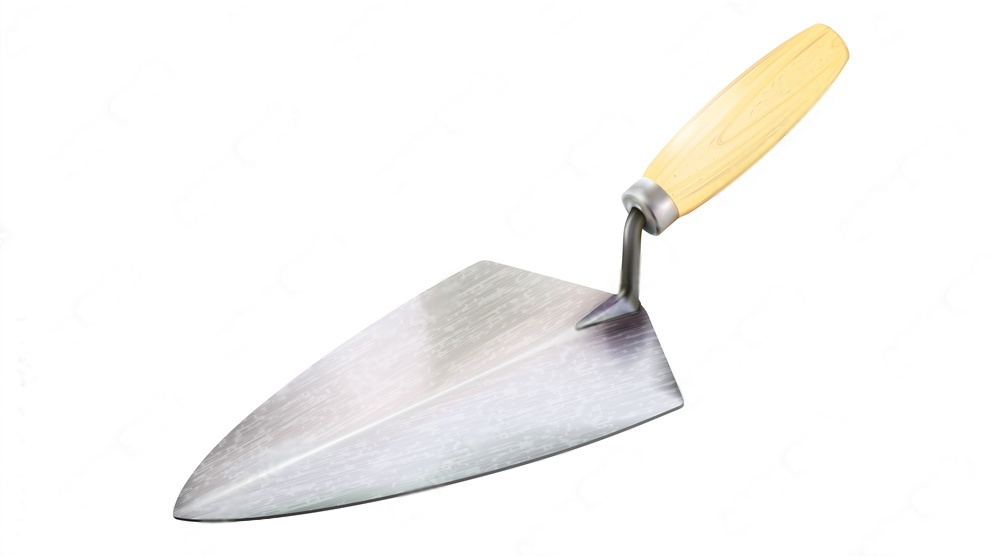
Purpose: It is one of the absolute essential tools for laying down the mortar between bricks. It has a flat pointed blade for accuracy in its application.
Application: Apply and smoothen the mortar between bricks to have an even application and proper adhesion.
3. Spirit Level
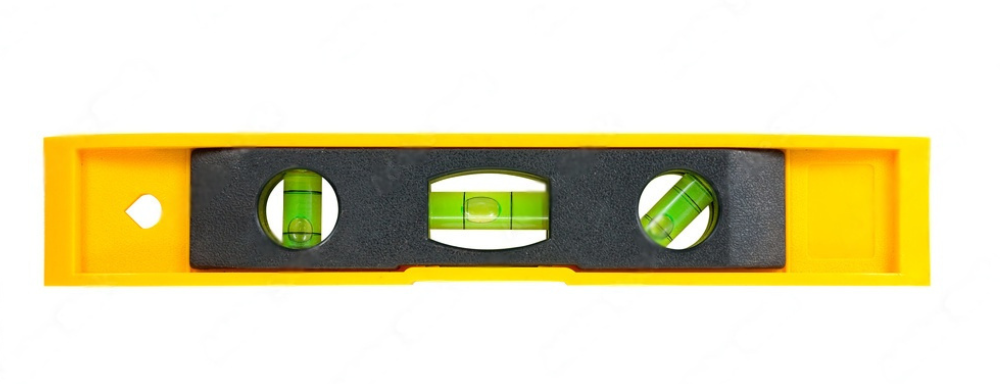
Purpose: See that the bricks lie perfectly horizontal and vertical. Filled with liquid there is an air bubble in it to check the accuracy of the alignment.
Application: Helpful in maintaining walls in line and level, ensuring the integrity of the structure.
4. Jointer
Purpose: The jointer is a tool use to create smooth, uniform mortar joints between bricks by shaping and compressing them for a nice clean finish.
Application: Finishing the joints for aesthetic and weather resistance by avoiding creation of cracks that allow water infiltration.
5. Wheelbarrow
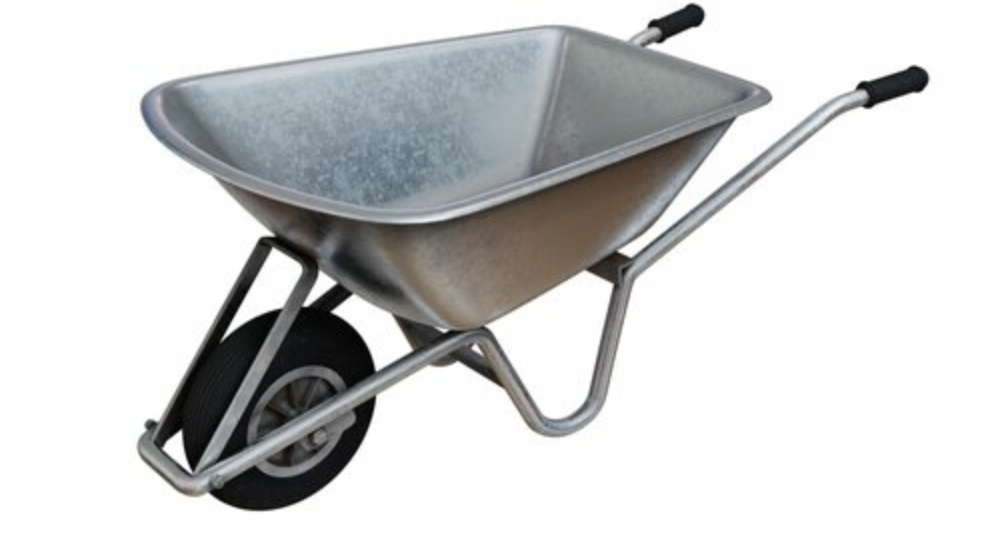
Purpose: To efficiently transport bricks, mortar, and other materials around the building site.
Application: This relieves one of moving huge quantities of materials effortlessly, saving much time and energy at work.
Final Thoughts
Brick masonry remains one of the most reliable building techniques in 2025. Whether you’re constructing a simple structure with mud or a permanent one with cement, understanding the right masonry techniques ensures strength, durability, and visual appeal. At USA Builders and Developers, we specialize in high-quality brick masonry services that bring lasting value and character to every project. Ready to build with confidence? Contact us today at 443-551-0006 for expert brickwork you can trust.
Follow us on social media for the latest news and updates.

